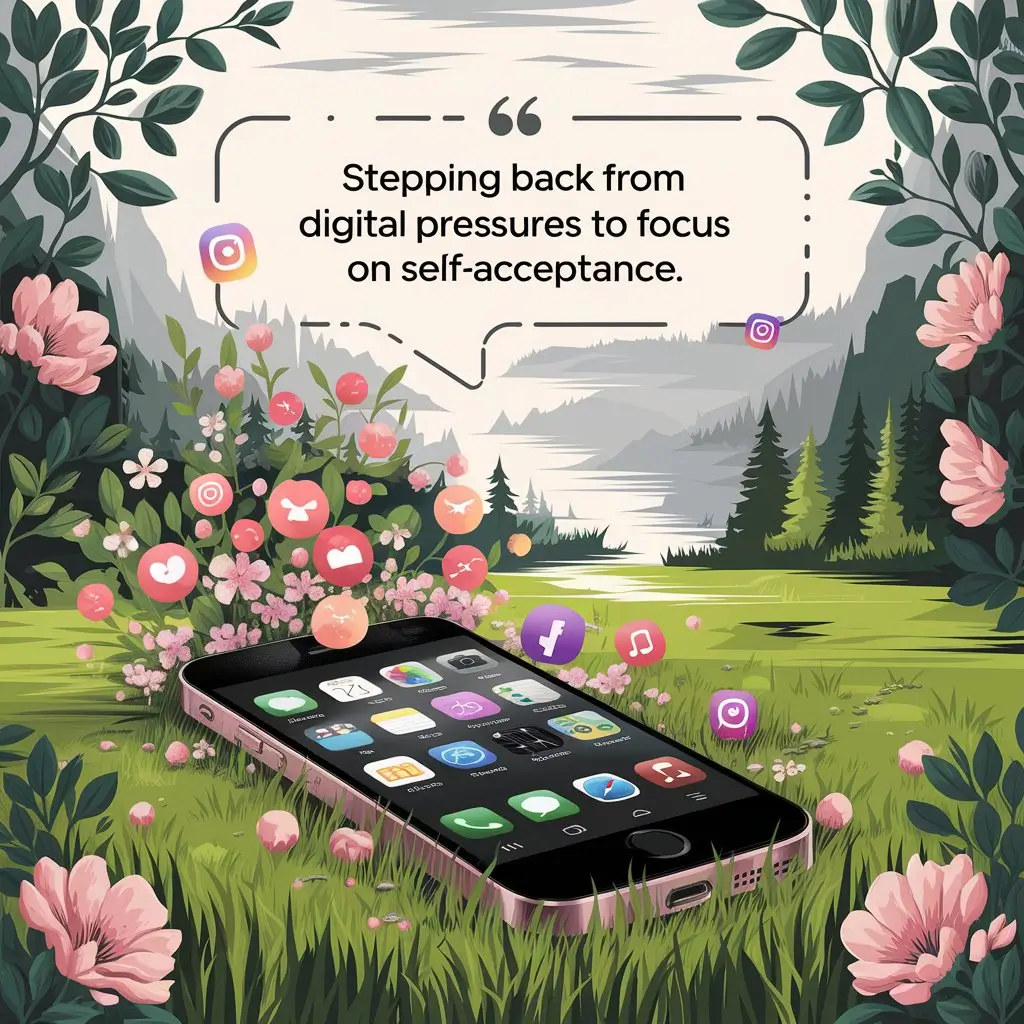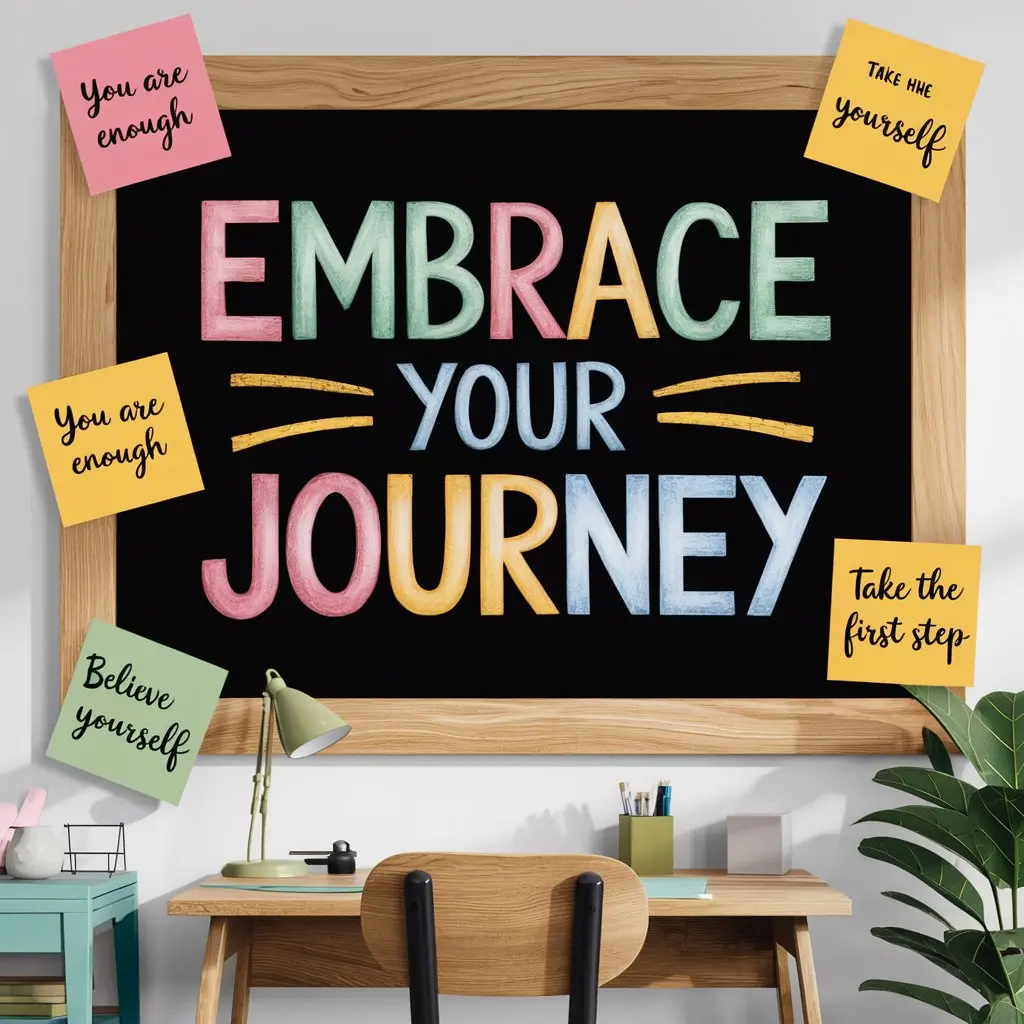Personal growth is a lifelong journey that involves self-discovery, learning, and transformation. One of the most significant factors influencing this journey is the environment we create around ourselves. A supportive environment can foster growth, enhance motivation, and provide the resources needed to achieve our goals. In this article, we will explore the key elements of creating a supportive environment for personal growth.
Understanding the Importance of Environment
Our environment which includes both physical elements and social circumstances determines our personal advancement because it shapes both our perceptions and behaviors and emotional responses and life directions. The acceptance of environment’s significance permits people to set deliberate choices that advance growth together with wellness. Below you will find a detailed explanation about the significance of environment.
Psychological Impact
- Mood and Motivation: Our surroundings can significantly affect our mood. For example, bright, well-lit spaces can boost energy levels and enhance creativity, while dark, cluttered areas may lead to feelings of lethargy or anxiety. When you create an environment that uplifts you, it naturally enhances your motivation to pursue your goals.
- Cognitive Function: Research shows that a well-organized and aesthetically pleasing environment can improve focus and cognitive function. A tidy workspace, for instance, reduces distractions and helps you concentrate better, facilitating deeper learning and productivity.
Social Dynamics
- Influence of Relationships: The people you surround yourself with can heavily influence your mindset and behaviors. Positive relationships can encourage you to take risks, embrace challenges, and pursue your ambitions. Conversely, toxic relationships can drain your energy and hinder your growth. Your ability to create a targeted social circle becomes possible through the understanding of this dynamic.
- Accountability and Support: A supportive environment fosters accountability. When you’re surrounded by people who believe in your goals, they can motivate you to stay committed and focused. This social support system can be invaluable during challenging times, providing encouragement and reassurance when you need it most.
Cultural and Societal Factors
- Cultural Norms: The culture you live in shapes your beliefs, values, and behaviors. Understanding the cultural context of your environment can help you navigate challenges and align your personal growth with societal expectations. For instance, some cultures may prioritize collective success, while others emphasize individual achievement. Recognizing these influences can guide your approach to personal growth.
- Access to Resources: Your environment also dictates the resources available to you. Whether it’s educational opportunities, mentorship, or access to wellness programs, the availability of resources can either facilitate or hinder your growth. Understanding these external factors enables you to seek additional resources if necessary, such as online courses or community programs.
Emotional Well-Being
- Stress Reduction: A supportive environment can significantly reduce stress levels. For instance, a peaceful home filled with plants and natural light can create a sanctuary away from the hustle and bustle of daily life. This tranquility allows you to recharge and refocus on your personal growth journey.
- Creating Safe Spaces: It’s essential to have spaces where you feel safe to express yourself and explore your thoughts and feelings. Whether it’s a corner in your home for meditation or a group of friends who encourage vulnerability, these safe spaces are crucial for emotional healing and growth.
The Role of Change
- Adaptability: Life is inherently dynamic, and so is your environment. Understanding the importance of your environment means recognizing that it’s okay to change it as you grow. What worked for you at one stage may not be effective later on. Being adaptable and willing to shift your environment, be it your physical space or social circles, can lead to new opportunities for growth.
- Continuous Improvement: Acknowledging the importance of your environment encourages a mindset of continuous improvement. Regularly assessing your surroundings and relationships allows you to make informed changes that support your evolving goals and aspirations.
Key Elements of a Supportive Environment
Creating a supportive environment involves several key elements that work together to foster personal growth. By focusing on these elements, you can construct an atmosphere that encourages development, resilience, and well-being. Here’s a deeper exploration of the essential components of a supportive environment:
Physical Space
- Decluttering and Organization: A clean and organized space is vital for mental clarity. Clutter can create distractions and feelings of overwhelm, making it difficult to focus on your goals. Keep checking your space for unused items that you should remove from your possession. Invest in organizational tools like shelves, bins, and planners to create a functional layout that promotes productivity.
- Comfort and Aesthetics: The aesthetics of your environment can impact your mood and motivation. Choose colors, artwork, and decor that resonate with you and inspire positivity. The office design must include comfortable furniture and sufficient lighting to develop a cozy environment. A space that feels good to be in can enhance your creativity and willingness to engage in personal growth activities.
- Nature and Greenery: Integrating elements of nature into your environment can boost your well-being. Studies show that exposure to natural light and greenery can improve mood and reduce stress. Consider adding plants to your workspace or home to create a calming effect. Even small touches, like a window view of nature, can provide a sense of peace and connection.

Social Support
- Formation of a Positive Network Requires You to Surround Yourself with Individuals Who Will Enhance and Inspire You. Seek out friends, family members, or mentors who support your goals and aspirations. Engage in conversations that encourage growth and the exchange of ideas. A positive network can provide encouragement, advice, and accountability as you navigate your growth journey.
- Joining Communities: Participating in groups or communities centered around personal development can enhance your support system. Look for local clubs, workshops, or online forums that align with your interests. Sharing experiences with like-minded individuals can foster a sense of belonging and provide valuable insights into different approaches to growth.
- Constructive Feedback: Surround yourself with individuals who can offer honest and constructive feedback. Constructive criticism is essential for growth, as it helps you identify blind spots and areas for improvement. Choose feedback-givers who communicate with kindness and respect, ensuring that their insights contribute positively to your development.
Emotional Well-Being
- Practicing Self-Compassion: Cultivating self-compassion is vital in a supportive environment. Recognize that growth involves setbacks and challenges. Treat yourself with kindness during difficult times, and avoid harsh self-criticism. A nurturing inner dialogue can foster resilience and encourage you to keep moving forward on your personal growth path.
- Mindfulness Practices: Incorporating mindfulness techniques, such as meditation, deep breathing, or yoga, can enhance your emotional well-being. These practices help you stay present, manage stress, and cultivate a sense of inner peace. Creating a dedicated space for mindfulness can reinforce its importance in your daily routine, making it easier to prioritize your mental health.
- Setting Emotional Boundaries: Protecting your emotional well-being involves setting boundaries with negative influences. Identify situations or individuals that drain your energy or create stress. Establish clear boundaries to minimize exposure to these influences, allowing you to nurture a more positive emotional landscape.
Personal Accountability
- Goal Setting functions as a base element for individual development by helping people set reachable targets. Write down your goals and break them into smaller, manageable steps. This process not only clarifies your intentions but also creates a roadmap for your journey. Regularly reviewing and adjusting your goals can keep you aligned with your evolving aspirations.
- Failure Detection: Regularly checking your advancement helps you stay on track due to accountability systems. Choose from journals or apps or charts as platforms to document your accomplishments with their corresponding failures. By thinking back on your development you will remain loyal to your goals while spotting recurring patterns of advancement. Recognize and celebrate all your minor achievements since they play a crucial role in your total advancement.
- Mentorship and Guidance: Seeking mentorship can provide valuable support and guidance in your personal growth journey. A mentor can offer insights based on their experiences, helping you navigate challenges and making informed decisions. Establishing a mentoring relationship can enhance your learning and provide a sense of direction.
Continuous Learning and Adaptation
- Embracing Change: Recognizing that personal growth is a dynamic process is crucial for creating a supportive environment. Be open to change and willing to adapt your strategies as you learn and evolve. Flexibility allows you to respond to new opportunities and challenges, keeping your growth journey aligned with your current needs.
- Investing in Resources: Actively seek out resources that support your growth. This may include books, online courses, podcasts, or workshops that provide new insights and skills. Investing time and energy into learning can enhance your understanding and equip you with the tools you need to succeed.
- Regular Reflection: Incorporate regular reflection into your routine. Take time to assess your environment, relationships, and personal growth journey. Reflecting on what works and what doesn’t allows you to make informed changes that align with your goals and aspirations.
Creating a Growth Mindset
Believing that efforts combined with determination help develop one’s intelligence and capabilities constitutes a growth mindset. This perspective fosters resilience, encourages learning, and opens the door to new possibilities. Cultivating a growth mindset is essential for personal growth, as it shapes how you approach challenges and setbacks. Here are key strategies to help you develop a growth mindset:
Embrace Challenges
- View Challenges as Opportunities: Instead of avoiding challenges, see them as opportunities for growth. When faced with difficult tasks, remind yourself that overcoming obstacles enhances your skills and knowledge. This shift in perspective can transform fear of failure into excitement for learning.
- Making purposeful risks to leave your comfort boundaries drives your personal development. Embrace risks by trying new activities, tackling complex projects, or pursuing unfamiliar interests. Each experience, whether successful or not, provides valuable lessons that contribute to your development.
- Reframe Setbacks: Understand that setbacks are a natural part of the growth process. Instead of viewing failures as roadblocks, consider them stepping stones. Analyze what went wrong, extract lessons, and use this knowledge to improve your approach in the future.

Cultivate Curiosity
- Ask Questions: Foster a sense of curiosity by asking questions about the world around you. Encourage yourself to delve deeper into subjects that interest you and seek to understand different perspectives. This inquisitive approach can broaden your horizons and enhance your learning.
- Explore New Interests: Engage in activities that pique your curiosity. Whether it’s taking up a new hobby, learning a language, or exploring a new field of study, pursuing diverse interests can stimulate your mind and encourage growth.
- Stay Open to Feedback: Embrace feedback as a tool for improvement. Be willing to listen to others’ perspectives on your work and behavior. Constructive criticism can provide insights you might overlook, and being open to it fosters a culture of continuous learning.
Focus on Effort and Process
- Throughout your whole journey shift your perspective from winning to appreciating dedication in each step. Work hard alongside determination and persistence because they form fundamental elements of success. Knowing that you strive hard builds resilience which pushes you to continue moving ahead.
- Set Process-Oriented Goals: Instead of setting only outcome-based goals (e.g., “I want to lose 10 pounds”), incorporate process-oriented goals (e.g., “I will exercise three times a week”). This emphasizes the journey and the habits you develop rather than just the end result.
- Reflect on Learning Experiences: After completing a task or project, take time to reflect on what you learned. Consider what strategies worked well, what didn’t, and how you can apply these insights to future endeavors. This reflective practice deepens your understanding and reinforces the importance of the learning process.
Develop Resilience
- Practice Perseverance: Resilience is the ability to bounce back from setbacks. Cultivate perseverance by committing to your goals even when faced with obstacles. Remind yourself that persistence is often the key to overcoming challenges and achieving success.
- Build a Support System: Surround yourself with supportive individuals who encourage your growth. Share your challenges and seek advice from those who believe in your potential. A strong support system can provide motivation and inspiration during tough times.
- Manage Stress Effectively: Develop healthy coping strategies for managing stress. Techniques such as mindfulness, exercise, and time management can help you maintain focus and composure when faced with challenges, allowing you to approach problems with a clear mind.
Lifelong Learning
- Adopt a Learner’s Attitude: Embrace the mindset of a lifelong learner. Stay curious and open to new ideas, and actively seek opportunities for growth. This attitude will not only enhance your skills but also enrich your life experiences.
- Invest in Personal Development: Make a commitment to your personal growth by investing time and resources into learning. Attend workshops, read books, participate in online courses, or engage in activities that challenge you intellectually and emotionally.
- Stay Adaptable: Embrace change and be willing to adapt your mindset and strategies as you learn and grow. The ability to adjust your approach based on new information and experiences is a hallmark of a growth mindset.
Leveraging Resources
Utilizing available resources can enhance your supportive environment:
- Books and Courses: Invest time in reading books or taking courses related to personal growth. These resources can provide valuable insights and tools.
- Technology and Apps: Use apps for meditation, goal tracking, or productivity. Technology can help you stay organized and focused on your growth journey.
- People should participate in personal development workshops and seminars. These events can provide networking opportunities and fresh perspectives.
Continuous Evaluation and Adaptation
Creating a supportive environment is an ongoing process. Regularly evaluate your environment and make adjustments as needed:
- Reflect on Your Progress: Take time to reflect on your personal growth journey. Assess what aspects of your environment are working well and what needs improvement.
- Be Open to Change: As you grow, your needs and goals may change. Be flexible in adapting your environment to align with your evolving aspirations.
Conclusion
Creating a supportive environment is essential for personal growth. By cultivating a positive physical space, surrounding yourself with supportive people, fostering emotional well-being, and maintaining a growth mindset, you can enhance your journey toward self-discovery and transformation. Remember, the environment you create can significantly influence your path, so take intentional steps to design a space that nurtures your growth. Embrace the journey, and watch yourself flourish!






